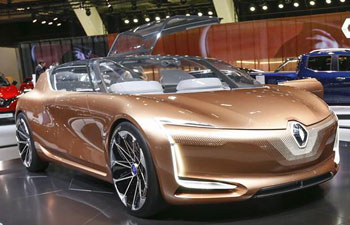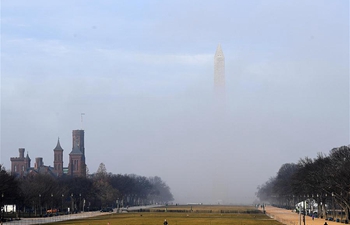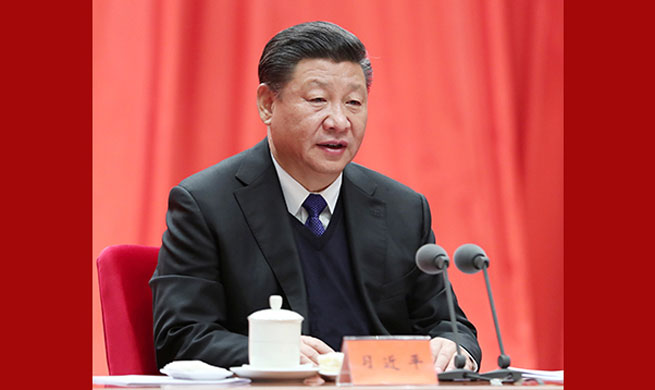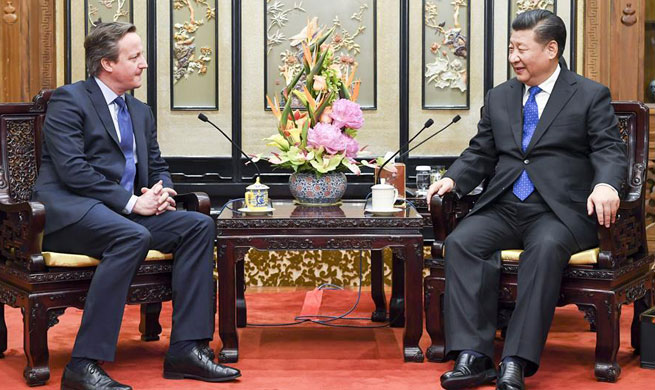BEIJING, Jan. 11 (Xinhua) -- China's new energy vehicle market recorded another year of rapid growth in 2017 as the government continued strong push for green transport, data from the country's auto industry association showed.
A total of 777,000 new energy vehicles were sold in the Chinese market last year, up 53.3 percent year on year, the China Association of Automobile Manufacturers (CAAM) announced Thursday.
The growth was 0.3 percentage points faster than the level in 2016, when China sold more new energy vehicles than anywhere else for a second year.
New energy vehicle output jumped 53.8 percent to 794,000 units last year, according to CAAM.
The robust growth came on the back of China's intensifying efforts to encourage the use of new energy vehicles to ease pressure on the environment by offering tax exemptions and discounts for car purchases, and ordering government organizations to buy more new energy cars.
China remained the world's largest auto market in 2017, with auto sales climbing 3 percent year-on-year to 28.88 million units, according to CAAM.
CAAM said growth was steady, and China's auto market was under pressure last year from government policy adjustments such as sales tax hikes.
In October 2015, the government slashed the sales tax on cars with engines of 1.6 liters or below from 10 percent to 5 percent to boost auto sales. The tax was raised to 7.5 percent in 2017 and then returned to 10 percent again in 2018.
China is aiming to become a world auto-making powerhouse in a decade by making breakthroughs in key technologies and markedly increasing the share of Chinese brands in the international auto market.
The government expects new energy vehicle output and sales to hit 2 million annually by 2020, and overall auto output to reach around 30 million by 2020 and 35 million by 2025, according to a plan released last year.
To push green transport, authorities announced last month that stricter emission limits would be gradually placed on new motor vehicles, while buyers of new energy vehicles would continue to enjoy purchase tax exemptions for the next three years.
Starting 2018, new energy vehicle buyers can borrow up to 85 percent of the cost from banks, up from the current 80 percent.
China is to cut carbon emissions per unit of GDP by 60-65 percent of 2005 levels by 2030 and raise the share of non-fossil energy use in total consumption to about 20 percent.
















